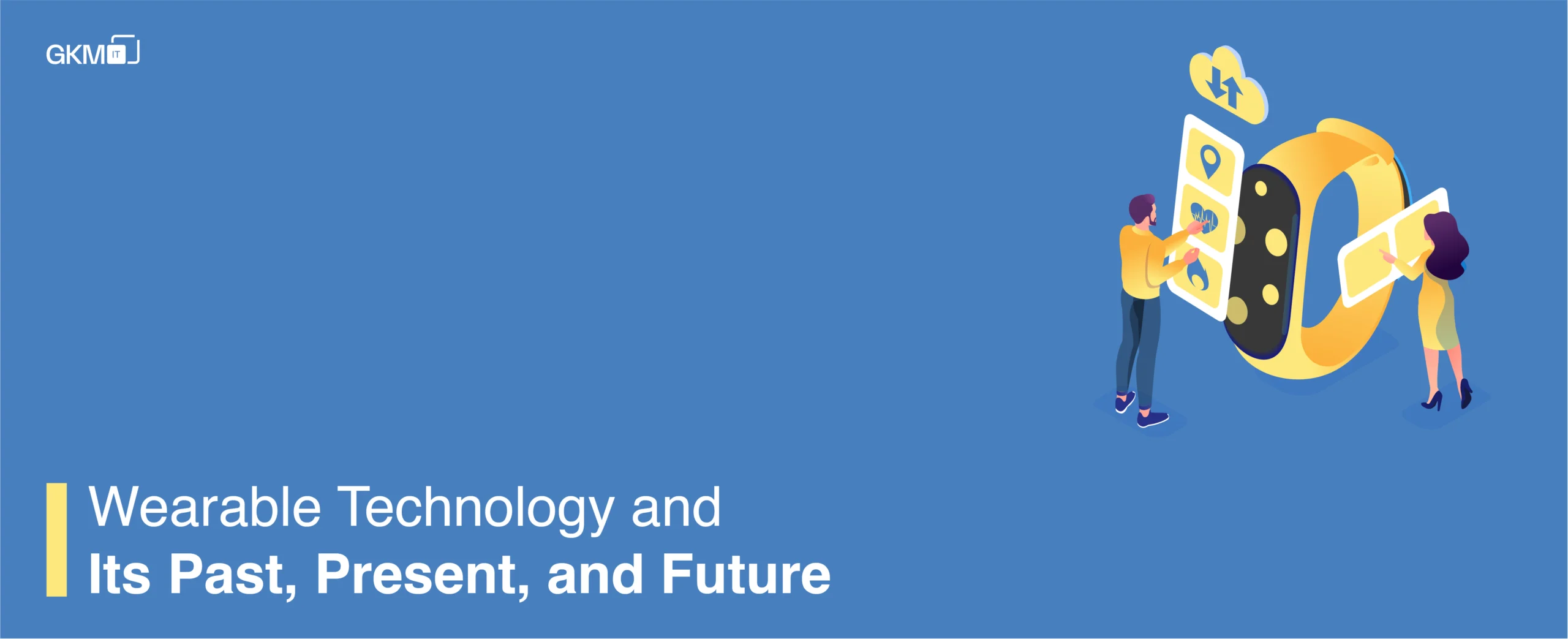
Wearable Technology and Its Past, Present, and Future
\Well, it is a smart electronic device that can be incorporated into clothing or fashion accessories or worn on the body as an implant accessory.
Few wearables, like activity trackers, is examples of IoT
Apart from commercial use, this technology comes in handy in navigation, advanced textiles, and healthcare.
Apart from fitness and healthcare, the popularity of wearable devices like Fitbit and Google Glass has a tremendous impact on other industries.
The constant desire of young consumers shows the rapid growth of wearable technology products. Bypassing time, it appears that there will be a rise in unlimited possibilities of innovative advancement in wearable technology.
Flashlight on the history of wearable technology:
If we talk about wearables, then the first thought which comes to mind is smartwatches and fitness trackers
If we talk about the past, then the first-ever corrective lenses, AKA eyeglasses, were worn more than 700 years ago. Since then, innovation and advancement have kept on influencing the technological world. From abacus rings to wristwatch calculators, technology is upgrading at a fast pace.
Stats and industry trends –
After the smartphone, wearables have become one of the most demanded and best-selling consumer electronics. For autonomous wearables, projected sales figures are above those of laptops and televisions. According to research, the smartphone continues to dominate the market, with projected sales to top 1.6 billion units in 2020.
Smartwatches and Google Glass autonomous wearables are capable of running third-party applications. This is possible due to built-in connectivity and advanced processing features. In comparison to this, Fitbit and related technology can only give biometric data about users.
We will encounter upcoming smart wearables like Apple Watch and Microsoft’s HoloLens, as per IDC senior research analyst Jitesh Ubrani. So the quest for technological advancement has opened up opportunities for vendors, app developers, and accessory makers. For example, Android Wear, Tizen, and WatchOS are moving fast with an improved user interface, user experience, and applications.
As per the study of globalwebindex, 71 percent of people aged between 16-24 want wearable tech in the form of a smartwatch, smart wristband, or Google Glass.
Different industry types of wearable technology:
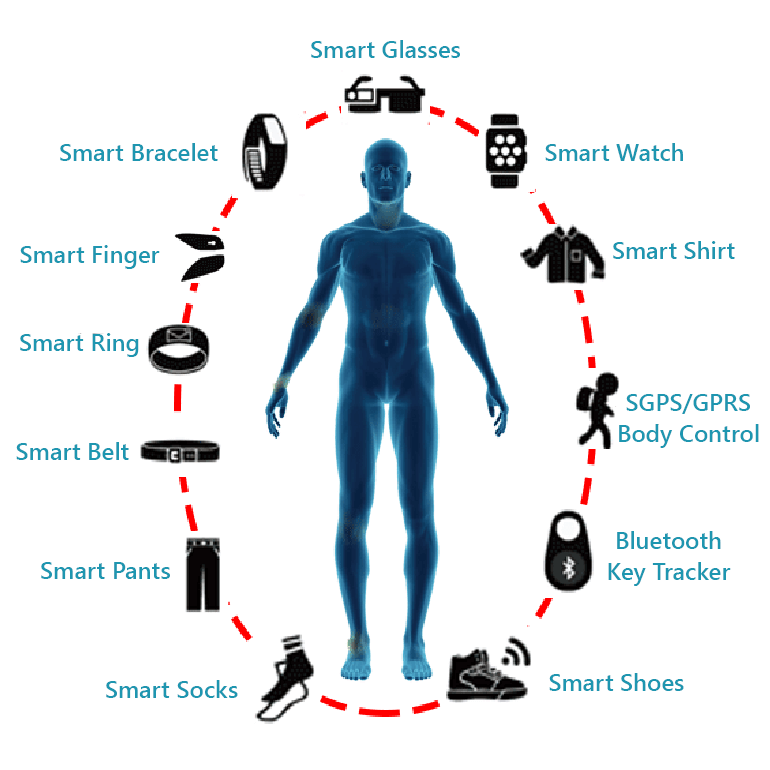
-
Fitness
-
Healthcare
-
Entertainment
-
Media
-
Communication company
Well, if we talk about the fitness world, then as per a study, fitness wearables will continue to dominate the market until 2018. Soon, smartwatches will replace all fitness wearables and will become the trendiest fashion accessory.
The market is offering two classes of fitness devices: “basic tracker like Xiaomi MiBand” and more complex devices like “Fitbit Surge, Microsoft Band and Samsung gear fit” These more advanced devices offer additional features like music control, calling, notification, etc.
Fitness World Wearable offers customers to choose from many tracking devices, sensors, software app, and wearable apparel technology.
The range is from gamification to full-body suits fitted with sensors to track physiological data and help consumers gain insights into fitness goals and progress.
Healthcare industry:
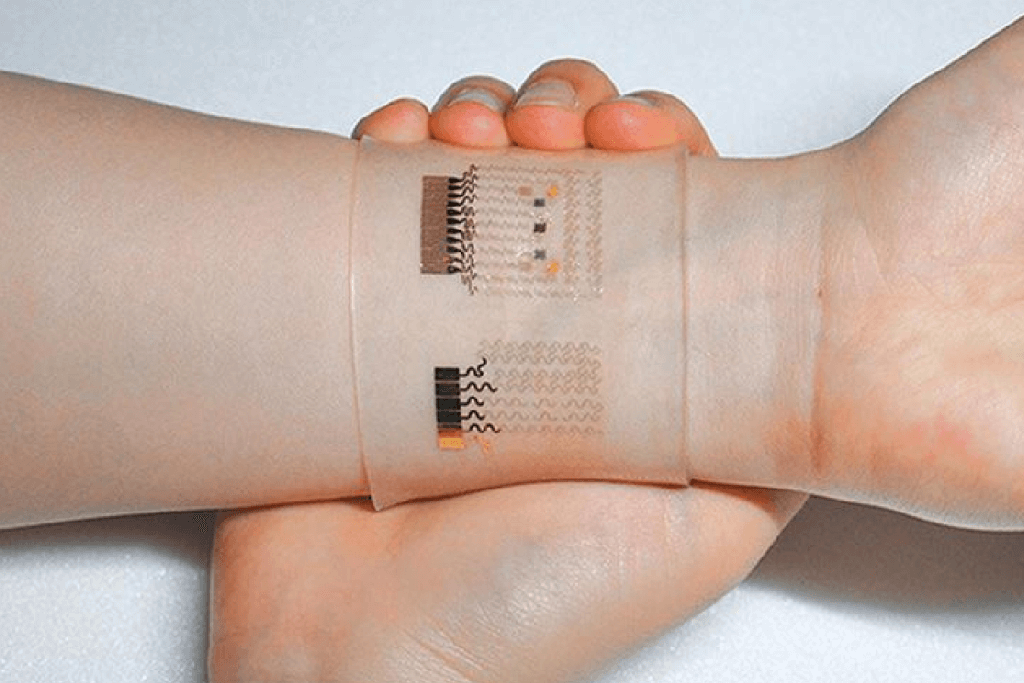
With technological advancement, the healthcare industry has witnessed an enormous solution through wearable technology. When it comes to wearable technology, the sky is the limit, and it has excellent potential in technological advancement beyond activity tracking. As per Forbes contributor Unity Stoakers “We are already using sensors that improve quality of life, enable home diagnostics, make virtual health and remote monitoring possible, and that you can call it the tip of the iceberg.”
Gadgets or wearables included in the healthcare industry are headbands and software platforms to detect head injury, a wristband to monitor blood oxygen wirelessly, home diagnosis, and smart patches, the user’s blood sugar level monitored by the smart contact lens, and tattoo-like patches to monitor vital signs.
Even Great Lakes NeuroTech received a $1.9 million grant to develop a wearable that can help patients with Parkinsons’s disease from the National Institute of health.
Few trendy wearables and their past, present and future
-
Activity tracker
Past: Jawbone UP
Present: UP-like similar products are in the market now like Fitbit, Fitbug, and Nike. They do similar work and track how much activity you are doing.
Future: Smartphones now have movement tracking chips, and soon, they will be seen embedded in watches, shoes, or even implanted in the body.
-
Smartwatch
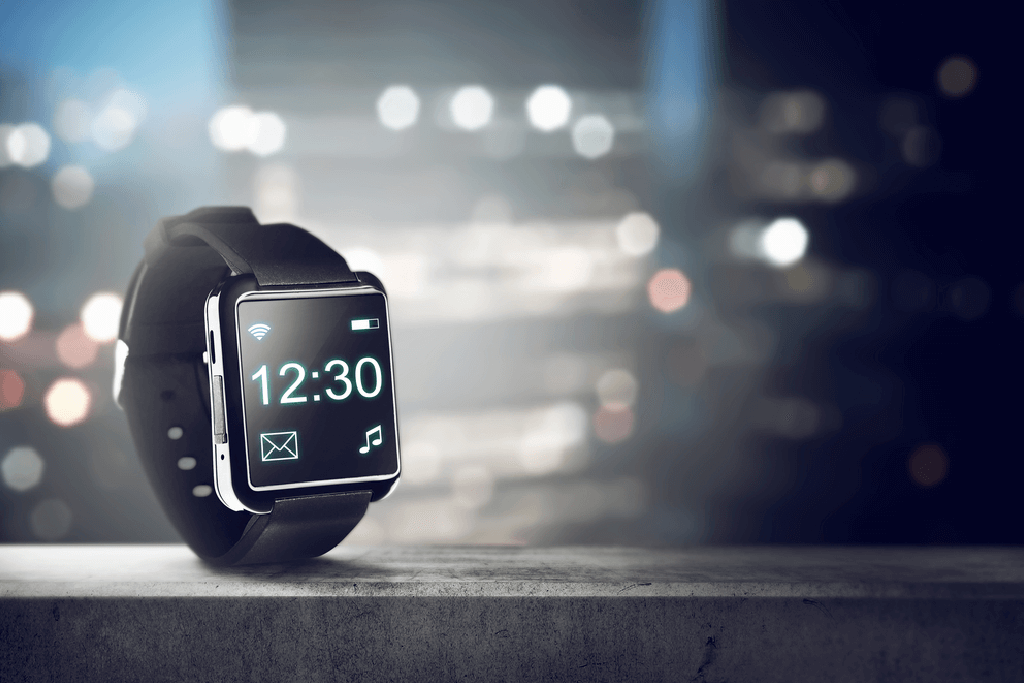
Past: Well, wristwatches are one of the oldest forms of wearable technology and replacing pocket watches. The first popular wearable computers were in the form of wristwatch calculators developed in the 1980s.
Present: smartwatches have taken over
the industry by the boom. One of the very famous is Pebble. It delivers a snippet of information from connected devices. It saves time by reading messages and call notifications without taking the phone out of your pocket.
Future: Big brands are now launching smartwatches other than Pebble, Cookoo, and Meta watch. Samsung launched Galaxy Gear, and even Google and Apple are not behind. Now, see your wrist as a quick summary of information.
-
Smart glasses
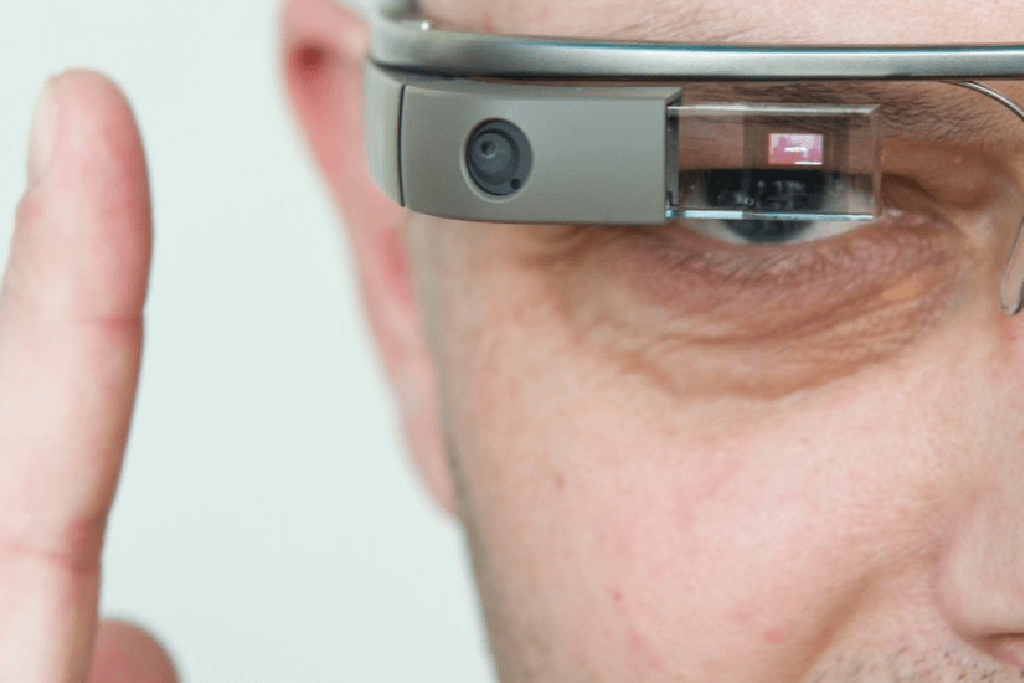
Past: even glasses did not lack behind. They, too, have a long history. Since the 13th century, it has been used as a magnifying glass, for vision correction, and as a protector against the sun’s and UV rays.
Present: Wearable technology in glass form is the most famous, Google Glass. Head up display through search, a portable computer lurks inside one arm of the glasses, and a tiny display delivers information into the wearer’s field of vision.
Future: We can expect to see smart glasses in the form of sunglasses and eyewear, and with prices coming down, they will become popular.
-
Wearable clothing
Past: Kanye West boasts his bespoke suit and natty pea coat well yes, for generations, “smart clothing” means elegant clothing
Present: Angella Mackey’s VEGA clothing has LED lights which help cyclists and keep them safe at night. Companies are experimenting with shoes and dresses to embody technology use in it.
Future: Research is going on to develop smart clothes that will regulate body temperature and change their properties based on the weather. Even in its advanced form, it can generate electricity to charge gadgets.
Conclusion –
To sum up this blog, we can only conclude that we are moving at a fast pace in the direction of a whole new level of wearable technology. We can say it is fashion technology, tech togs, microcontroller, or smart electronic devices implanted in the body or accessories, which help us attain the next level of technological advancement. It is the era of the young and the old; everyone wants to keep themselves updated and upgraded, and technology is helping us to a great extent. Consumers, especially young ones, are more attracted to wearable technology, and according to Euromonitor, it is expected to be $27 billion industry and more with passing year.
So what are your views on it? How do you see technological advancement in the coming years? Share your views and ideas in the comment section below.
Related Blogs –
Tips On How To Reduce Mobile App Development Cost
Workflow Automation Business Process And Best Software
How Can Sleep Trackers Actually Ruin Your Sleep
Ultimate Guide To Facebook Analytics